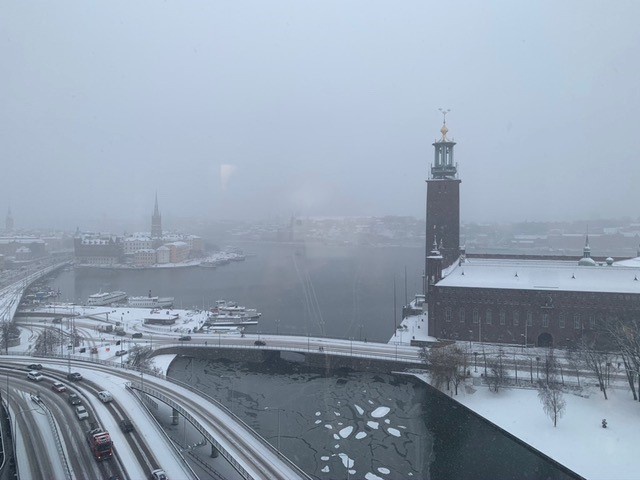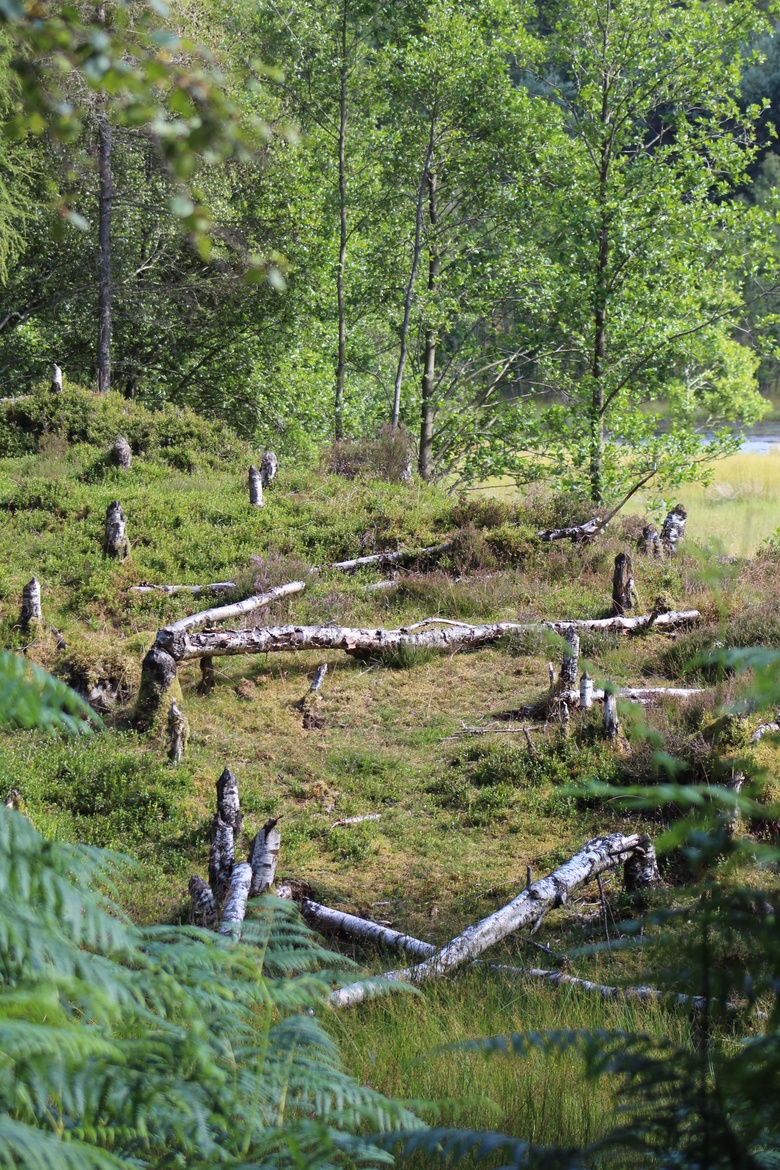Imagine a PhD thesis turned "bestseller" with a striking cover and captivating blurb!
Visit the Images of Research display, where postgraduate researchers showcase their work in creative ways.
The display will be held at Aberdeen Central Lending Library as part of Book Week Scotland, where the public can vote for their favourites. Come and cast your vote for your favourite image!
Time and Place:
Monday 18th – Saturday 23rd of November, 9am-5pm, Aberdeen Central Lending Library, Rosemount Viaduct, Aberdeen AB25 1GW.
The competition winner will receive a cash prize, and selected winning images will be displayed in the Postgraduate Research College for the year.
You can view all the competition entries below.
For any questions, please email pgrs-training@abdn.ac.uk
The entries for the Images of Research Competition 2024
- Is Disney's Content Losing Its Appeal?
-
Abeer Alshammary
School of Language, Literature, Music, and Visual Culture
In the diverse lands of the Middle East, where countless dialects, Disney's stories flowed in the Egyptian dialect (ED) in 1970. However, it became clear that the varied dialects prevented some children from fully grasping these tales. In 2012 Disney shifted to Modern Standard Arabic (MSA), the lingua franca across the Arab world. Even with MSA’s clarity, it lacked the humour that was seen in Disney’s tales. In 2020, Disney chose to provide dubbing in both ED and MSA to captivate children. Still a question remained: Why was interest in Disney movies declining? Could the issue still be related to the dialects?
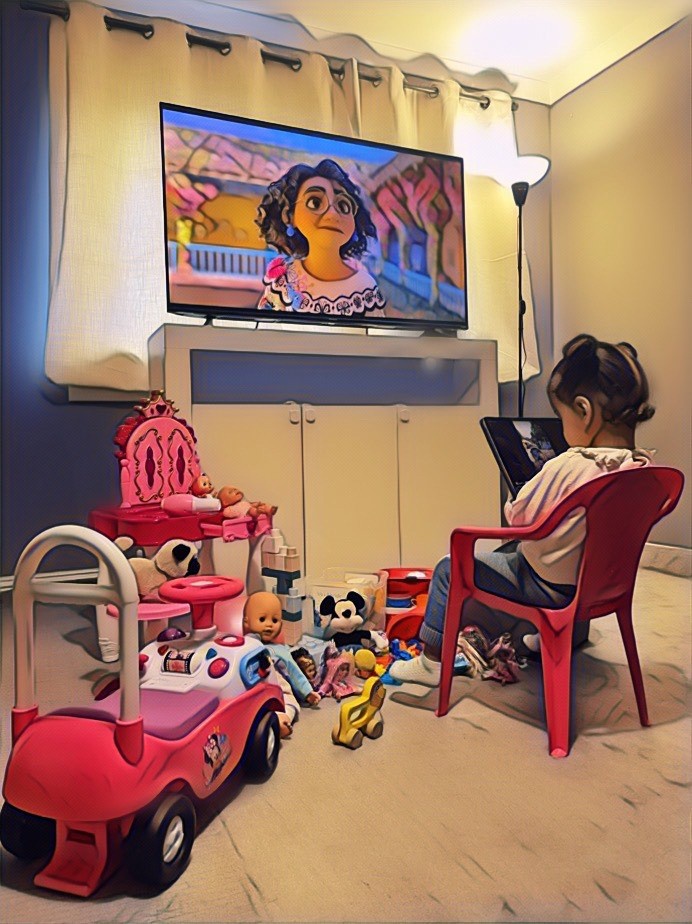
- Harvesting the Skies using Artificial Intelligence
-
Athinoulla Konstantinou
School of Natural and Computing Sciences
As climate change disrupts crops and arable land shrinks while populations grow, how will we nourish future generations? What if the answer lies above us? What if the farms of tomorrow reached toward the sky instead of spreading across the land?
This image depicts a vertical farm where crops grow in stacked layers. My research focuses on developing Artificial Intelligence (AI) techniques to optimize crop production and breeding in these controlled environments. By leveraging AI, we aim to sustainably enhance yields and produce nutritious food year-round without pesticides or climate impacts, reducing pressure on our planet's resources.

- Distortion
-
Rev. Christopher Nigel West
The School of Divinity, History, Philosophy & Art History
No, this is not a poster for a B-horror movie; it is a visual representation of the unsettling reality explored in my research: the risks inherent in the performance of symbolic actions within the liturgy. The pixelated image of the priest and the title ‘distortion’ indicate some of the core questions of my research: Does the performance of rites obscure their true meanings, excluding or distracting participants? Are symbolic actions fulfilling their intended purpose? Where and how do they go wrong? This image captures the tension between ritual significance and participant experience.

- Who’s Wally?
-
Danni Thompson
Department: School of Biological Sciences / QUADRAT DTP
Title: Who’s Wally?
If you’ve ever spent time with animals, whether that’s cats, dogs or even your garden birds, you’ll have noticed that each of them is an individual. They all have their own personalities, habits and their own way of doing things. So, it’s important when we work with wildlife in research or conservation that we recognise that each population of animals is made up of individuals, and it’s the variation among these individuals that makes a population robust and adaptable to change. My research is looking at how individuals within a population differ in their feeding behaviour, and more importantly, why.
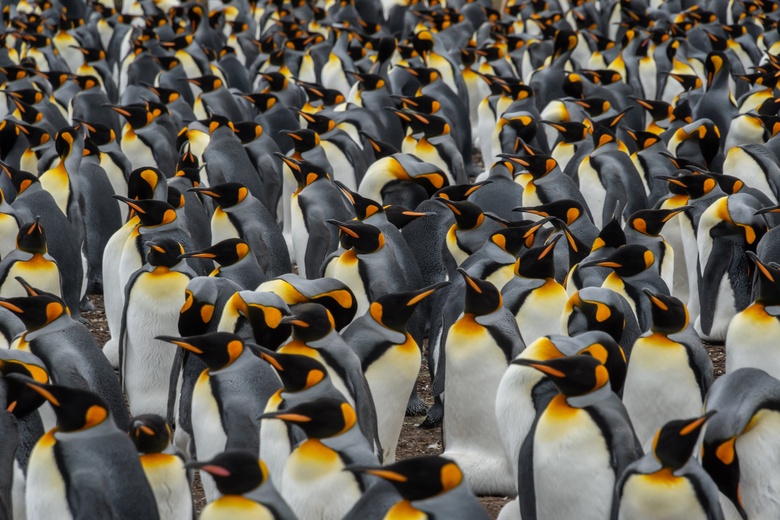
- Peace and Power Play
-
Emad Elfurtia
The School of Social Science / Politics and International Relations
From the ruins of a bombed-out building hangs a large-scale piece of art: a dove, carrying the severed barrel of a gun with a rose emerging from its tip.
It speaks of both promise and the peril of peace in a landscape marred by armed conflict and failed negotiations, following the overthrow of Muammar Gaddafi’s regime in 2011.
Examining the complex interplay between state and non-state actors, my research explores the forces that hindered UN-led peace efforts in Libya. It aims to illuminate enduring challenges and identify variables that disrupted negotiations, offering insights into a more stable path to peace.

Photo taken in Misrata, November 2022.
- Through the Lens of Disability
-
Erin Benton
The School of Divinity, History, Philosophy & Art History / Scandinavian Studies
The story of disability is the story of humanity. We find ourselves in everything from medical texts and law books to plays and mythology. From one-eyed gods to legendary heroes who can’t walk, images of disability are everywhere. Yet these narratives can sometimes feel invisible – a footnote, an afterthought – rather than what they are: the main text.
Drawing on my own experiences with the disabled community, my research examines medieval culture, specifically Old Norse sagas, shining a light on the hidden histories of disability. By looking through the lens of disability, the full picture of human experience becomes clear.
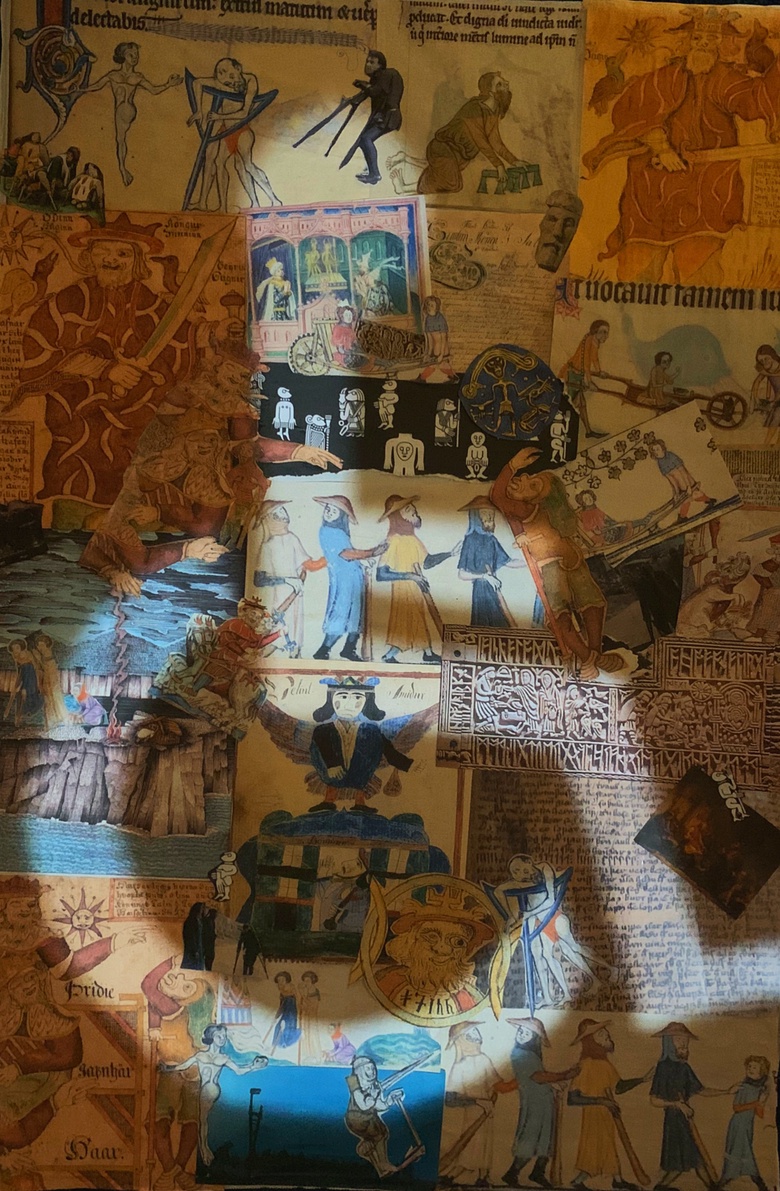
- ‘This is my Body’
-
Iona Curtius
The School of Divinity, History, Philosophy & Art History
Many thinkers have wrestled with the age-old question ‘What is Truth?’ And truth remains a thorny issue today. I believe that theology can help shed light and bring clarity.
In my research, I suggest that we find truth through our real embodied experiences. An abstract fact, even a religious belief, becomes true for us when we live it out. We see this happening very clearly in rituals, like the Eucharist. Here, we see a story passed down to us in the text become real through our re-enacting of it, the sharing of bread and wine in community.
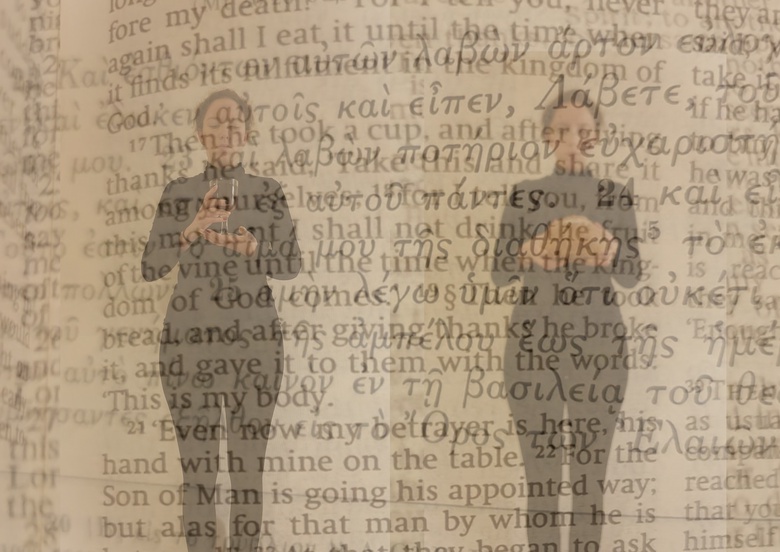
- A Planted Legacy
-
Louise Smith
School of Geosciences / Department of Archaeology / QUADRAT DTP
What legacy will we leave behind? The photo shows the now abandoned Esson’s croft, Boghead, at Bennachie, Aberdeenshire. It is part of a former squatter site, the Bennachie Colony (1830s – 1870s), which was established on a type of common land known in Scotland as commonty. Eventually, the surrounding local lairds divided the commonty and demanded rent from its occupants. Slowly but surely families abandoned their crofts, and nature was allowed to invade. My PhD investigates what plants can be found on these sites and if there are species that can be directly traced to the legacy of the colonists.
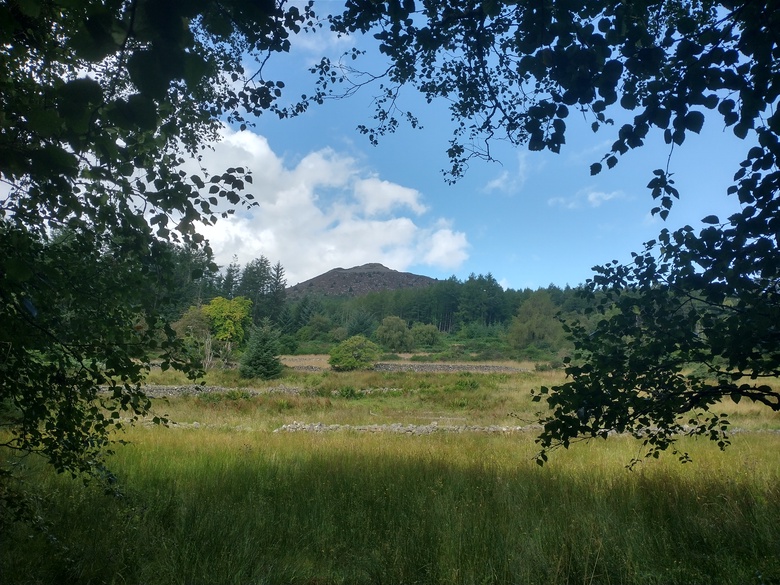
- Coastal Women: Yesterday's Echoes, Tomorrow's Voices
-
Mara Marxt Lewis
School of Language, Literature, Music, and Visual Culture
Imagine following the footsteps of Scotland's herring lassies, who once travelled the coastline
from Shetland to Great Yarmouth. Today, women migrants continue this legacy of
transformation in coastal communities like Lerwick, Wick, and Fraserburgh. Through
art-making, photography, and storytelling, this research creates spaces where past meets
present, where historical patterns of women's migration illuminate contemporary
experiences. Working directly with coastal communities, I explore how women migrants
actively shape local culture and identity. Their stories reveal how temporary movement
creates lasting change, enriching Scotland's coastal heritage with new traditions of
belonging.

Image: Collage drawing, handwriting. Photos courtesy of Internet Archive (https://archive.org/)
- Time Bandit
-
Maryann Pierse
School of Language, Literature, Music, and Visual Culture / Celtic and Anglo-Saxon Studies
My name is Saturn. No, not the planet, although it was named after me.
Who am I? Well, that depends on who you ask.
Villain, victim, exile, king—the god of old age, wealth, and harvests. As I travel through time and space, my story changes and I am changed with it. When I came north to these islands, I was transformed yet again. Who was I to the medieval scholars of Britain, Ireland, and Iceland? Who might I be to you?
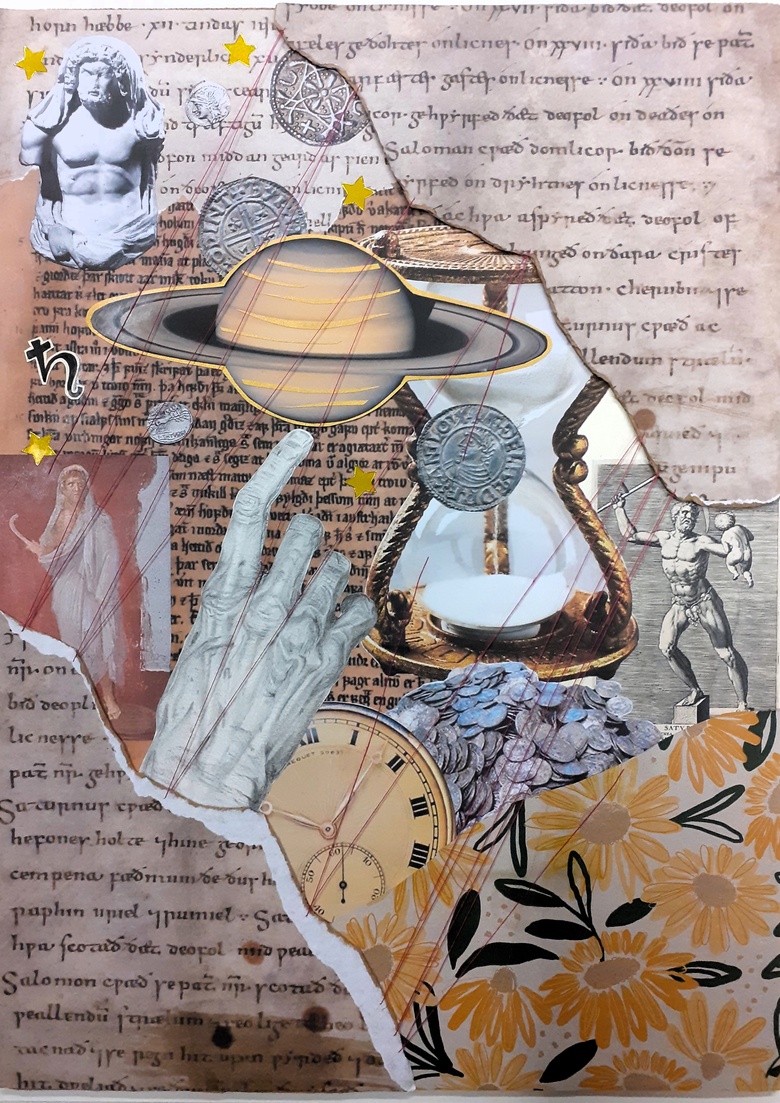
- Dancing with Drought
-
Megan Cameron
Interdisciplinary – School of Biological Sciences and School of Social Science
Rice is life in Bangladesh, but growing it is thirsty work. Rice needs more water than any other crop. But water is running low, and we’ve got plants to grow!
A new farming technique called Alternate Wetting and Drying (AWD), allows paddies to dry between waterings, saving water and reducing methane emissions while maintaining high yields. AWD has been adopted in other countries – but hasn’t taken root in Bangladesh.
My PhD research explores why farmers haven’t changed to AWD in Bangladesh. Are the challenges social, like tradition or lack of education, or do biological factors like natural landscapes play a role?
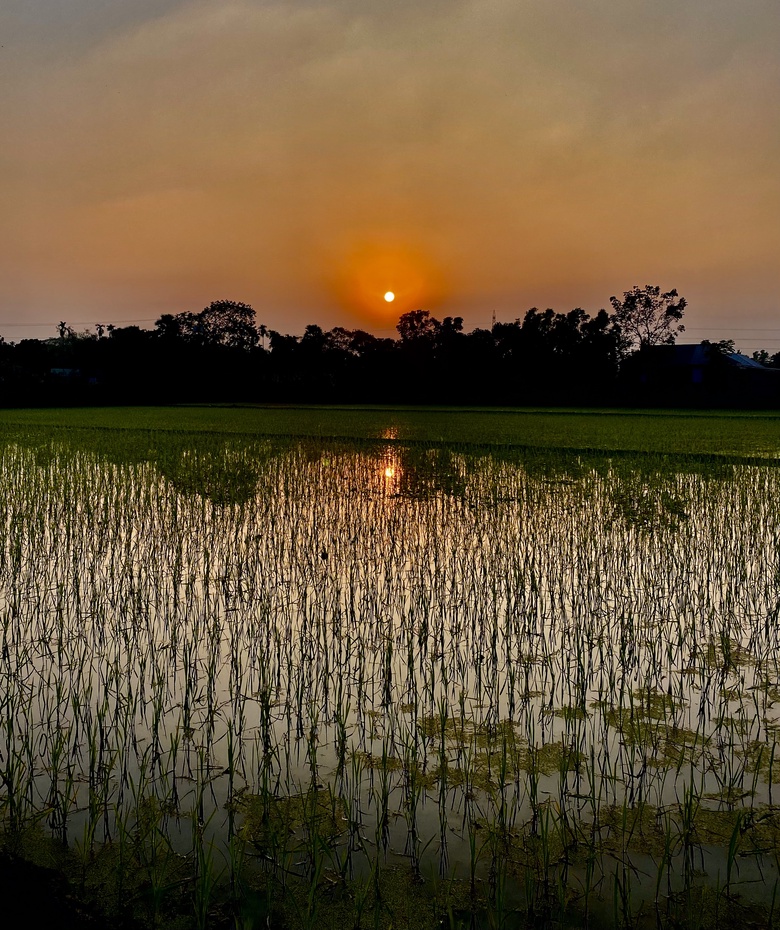
- Corseted Concertos
-
Morag Johnston
School of Language, Literature, Music, and Visual Culture
Join Morag Johnston as she delves through forgotten archives in hidden corners of Scotland’s libraries to uncover the fiddle tunes women in the 18th and 19th centuries played. At the centre of this story are prominent women: Eliza Ross who in 1812 collected tunes heard on Raasay and Elizabeth Rose of Kilravock who in 1766 composed and collected fiddle tunes in her notebook. Many more keen female fiddle players preferred to remain anonymous and have remained in the shadows: who were they? What tunes did they like? Who did they play music with? Read on to find out!
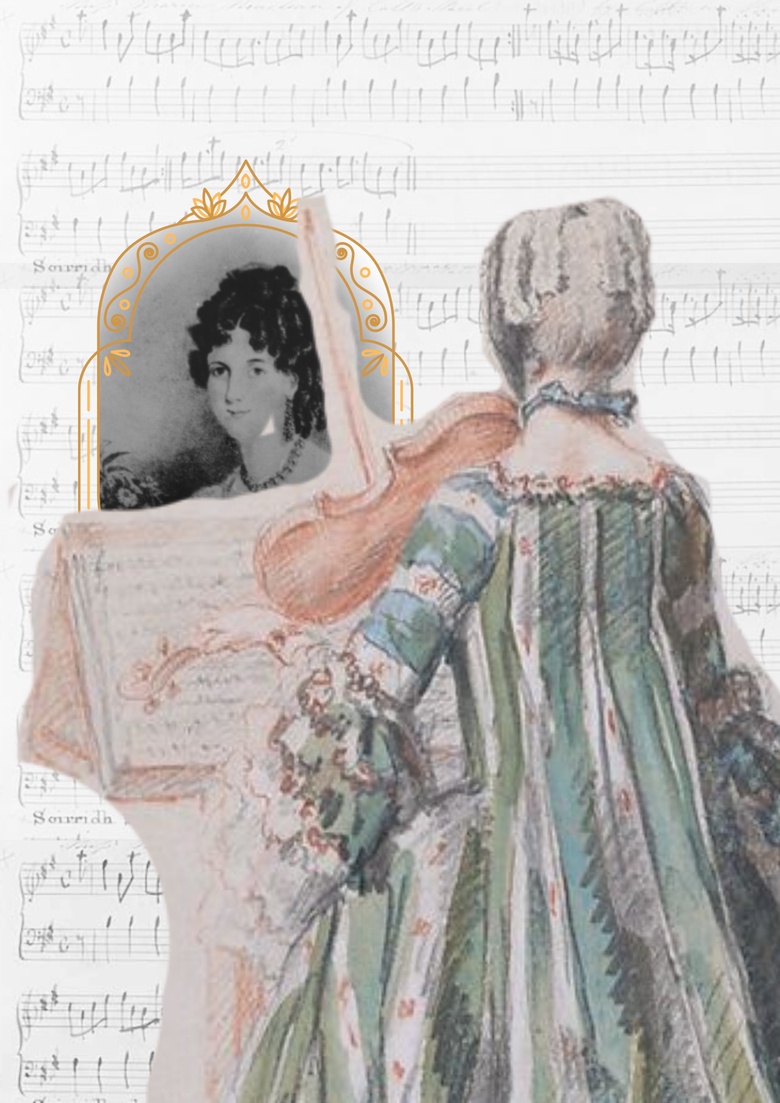
- Watch what you drink
-
Olivia Tranter
School of Biological Sciences / QUADRAT DTP
Imagine being a herbivore in the Kalahari Desert, it's hot with minimal rain. You seek refuge at artificial waterholes, which pump groundwater into troughs. You graze on vegetation and drink the water, but it evaporates, becoming highly saline. Toxins from underground rocks also dissolve into the water and concentrate too. Now imagine being a lion feeding on various species with these toxins and they accumulate in your body. What health problems might arise? My project examines the effect of toxic elements on African lions, their bioaccumulation, and aims to identify high-risk waterholes affecting trophic levels across the Kalahari.
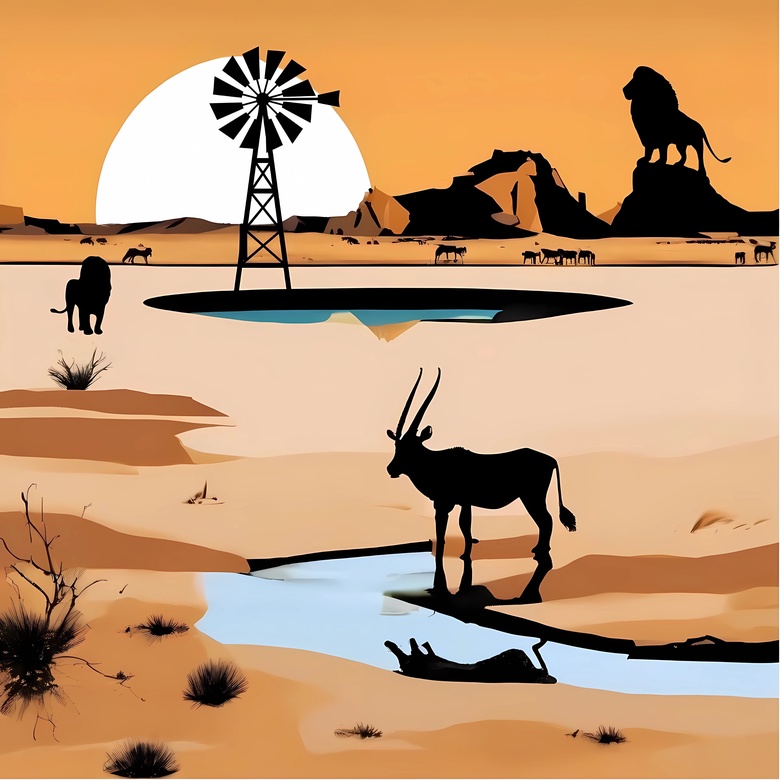
- SHAMING NATHAN
-
Simon Duffy
The School of Divinity, History, Philosophy & Art History
During the early 19th century, the British referred to the American anti-monarchists as “Brother Jonathan” or sometimes just “Nathan” and mocked their gleaming new capital, Washington City.
In August 1814, a British expeditionary force captured Washington City, where during a 24 -hour period the British burned the Capitol, the White House and the remaining government buildings. This historic 18th century recruitment poster was among several items taken by the British while in Washington City. My research examines the British raid in detail, scrutinises previous research and attempts to reveal the true motives for the destruction of Washington City.
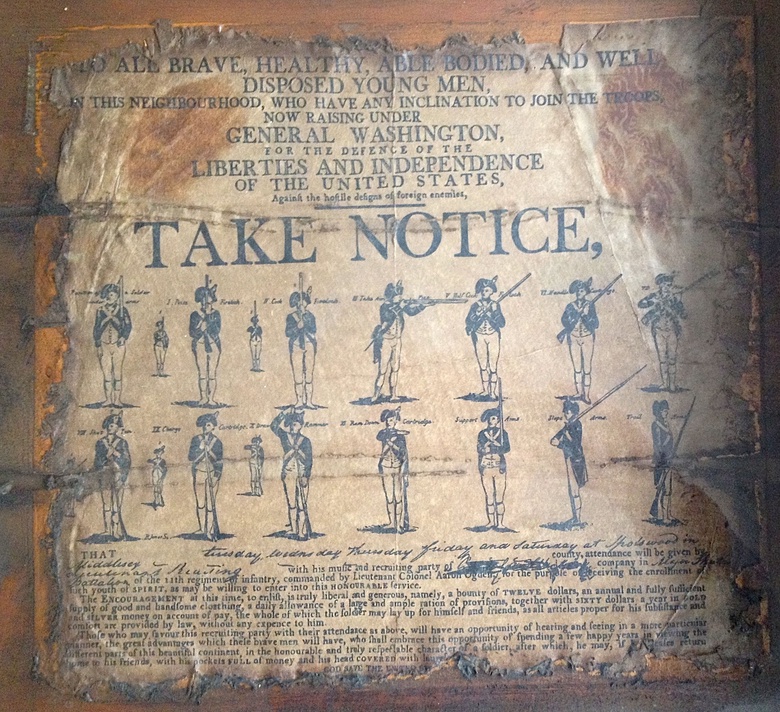
- Longing for Lost Landscapes
-
Stephanie Webb
School of Geosciences/ QUADRAT DTP
A woodland clearance, dead trees, gnawed tree stumps; a very different landscape compared to our traditional farmland, moorland, and forestry plantation in Britain. What is this landscape? This is a beaver-modified landscape. Beavers are back in Britain after a 400-year absence, and they’re here to stay. So, understanding what these once lost landscapes provide to people is important. How does this change of landscape affect our cultural heritage? Is this landscape beautiful? Or ugly? My PhD focusses on understanding the cultural significance of these landscapes, and how this can impact acceptance of beavers and beaver-modified landscapes in Britain.
- Leveraging Deep Learning Foundation Models for Automated Crevasse Mapping with Artificial Intelligence
-
Steven Wallace
School of Natural and Computer Science
The retreat of glaciers globally is raising sea level, and this trend is expected to accelerate in the future. Crevasses play an essential role in regulating ice flow by acting as a conduit for surface meltwater to reach the bed and speed up ice flow, as well as providing the line of weakness through which icebergs detach from tidewater glacier termini. As crevasses are laborious and time-consuming to map manually, deep learning foundation models offer a solution. Automatically mapping crevasses on glaciers with computerised algorithms could help discover new findings or help scientists understand iceberg calving better.
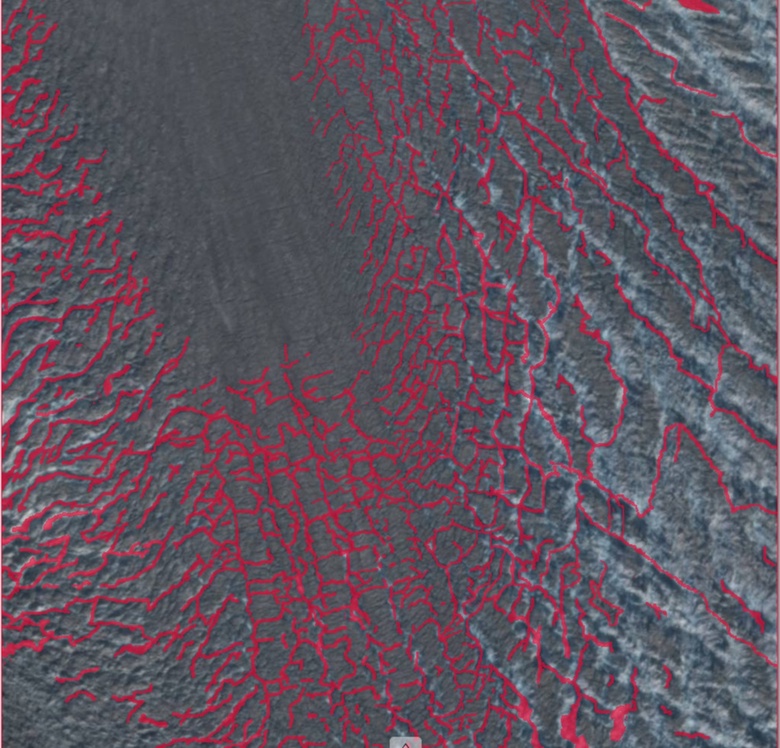
- Ice on Fire
-
Tryggvi Unnsteinsson
School of Geosciences
Looming above, glaciated volcanoes have forced societies to face and adapt to the dangers they impose. As they violently spew ash, release meltwater floods, and trigger mudflows, glaciated volcanoes have produced both the most costly and deadliest eruptions in over a century. To mitigate such disasters, we must actively monitor glaciated volcanoes. However, glaciers often hinder traditional volcano monitoring surveys. How can we address this weakness? By using the glaciers themselves as a monitoring tool – glaciers melt faster as volcanoes heat up. We detect melting glaciers with satellites, which allows us to assess the underlying volcanic activity.

- Return of dark hours
-
Victoria Bruné
The School of Social Science / Politics and International Relations
The outbreak of war in Ukraine, at Europe's doorstep, is affecting head-on Denmark, Finland, Norway and Sweden, which share a common geography and history and consider Russia as a major threat. Finland and Sweden's membership of NATO, abandoning thus their non-alignment policy, bespeaks these upheavals and signs the integration of the entire Nordic region in NATO.
In these times of geopolitical fog and storm, and the return of dark hours of our History, my thesis deals with changes in Nordic countries' foreign and security policy facing the Russian threat, proposing a theory to understand states' adaptation to such upheavals.
Photo taken in Stokholm.
